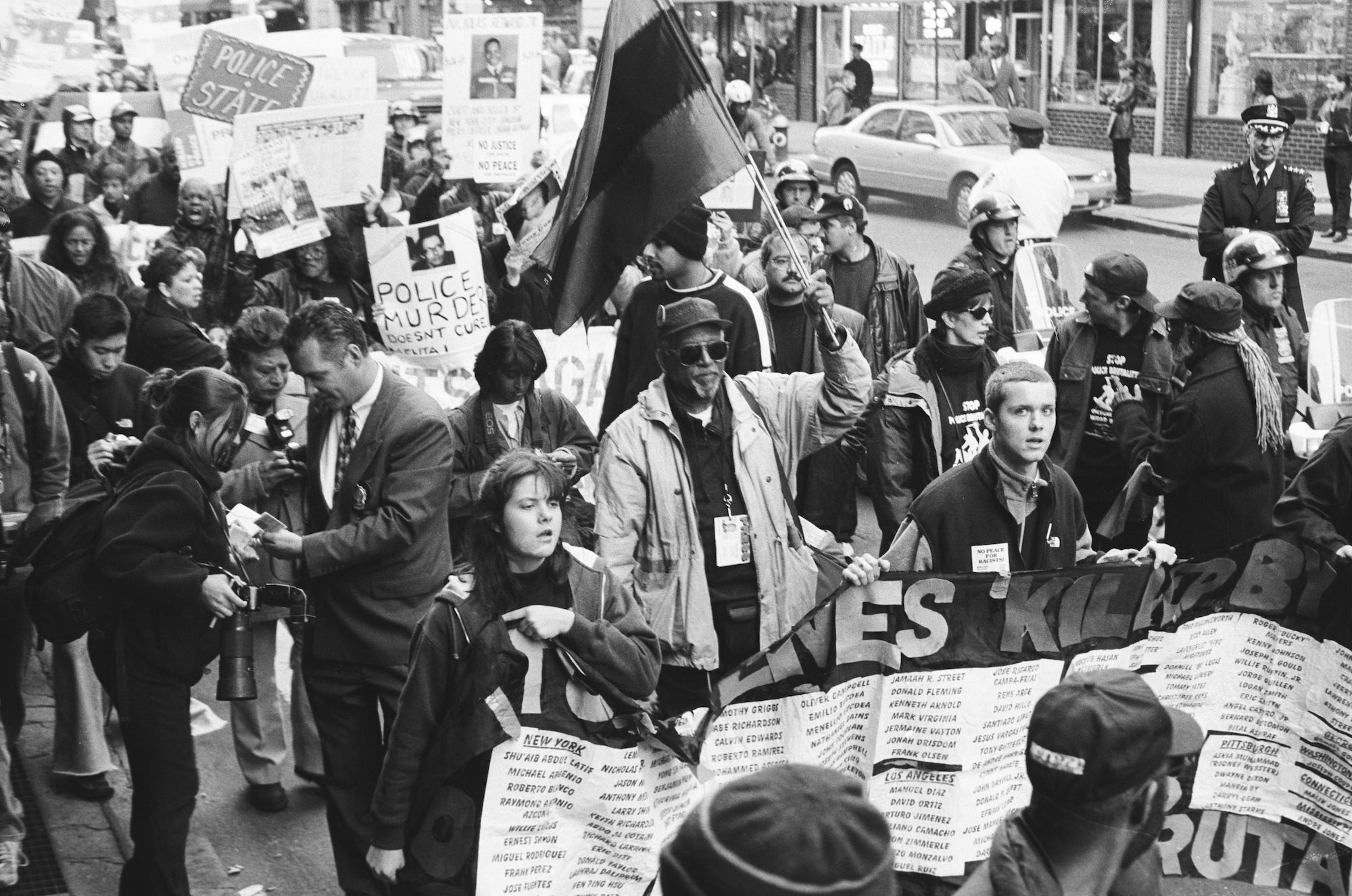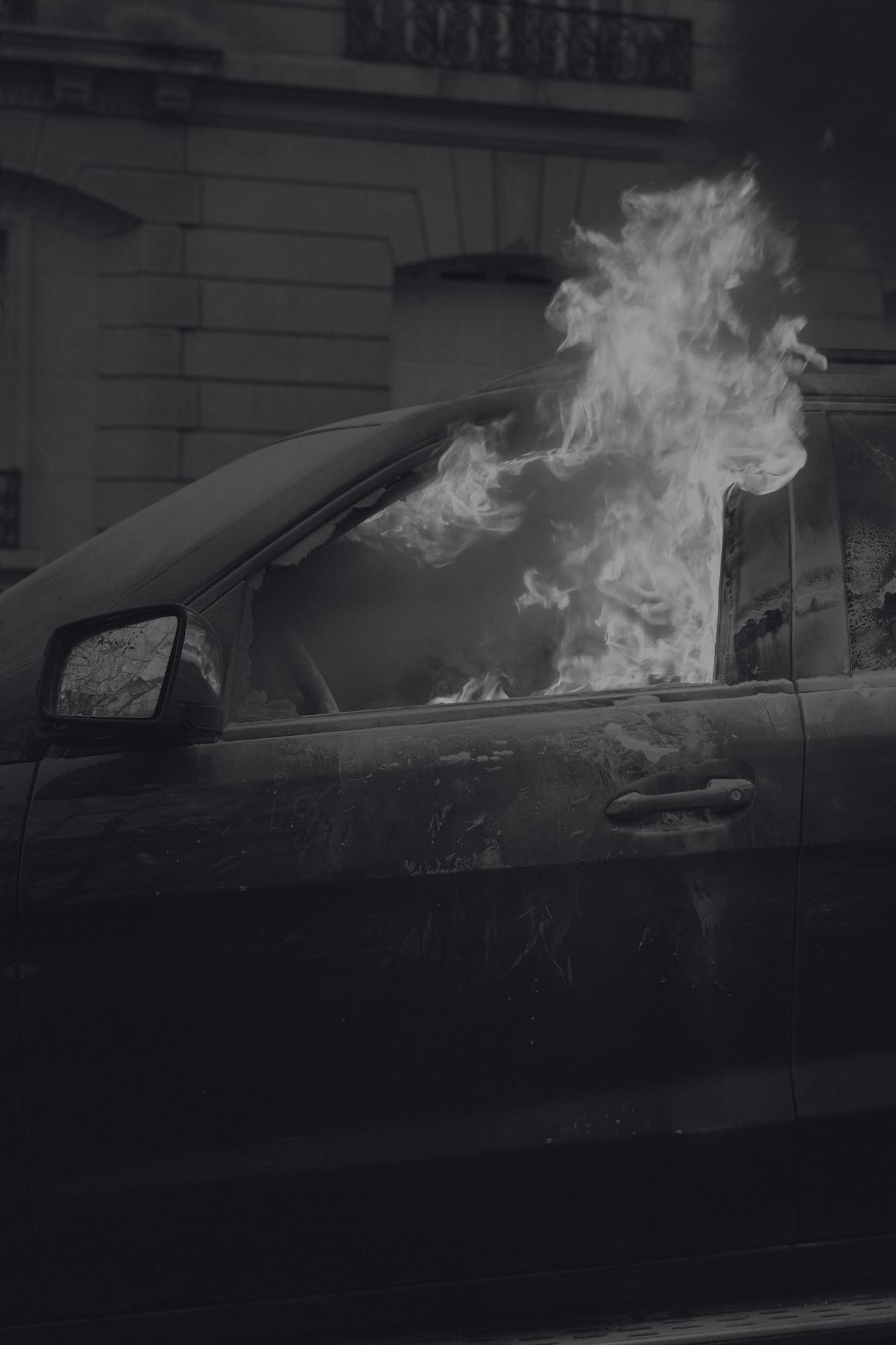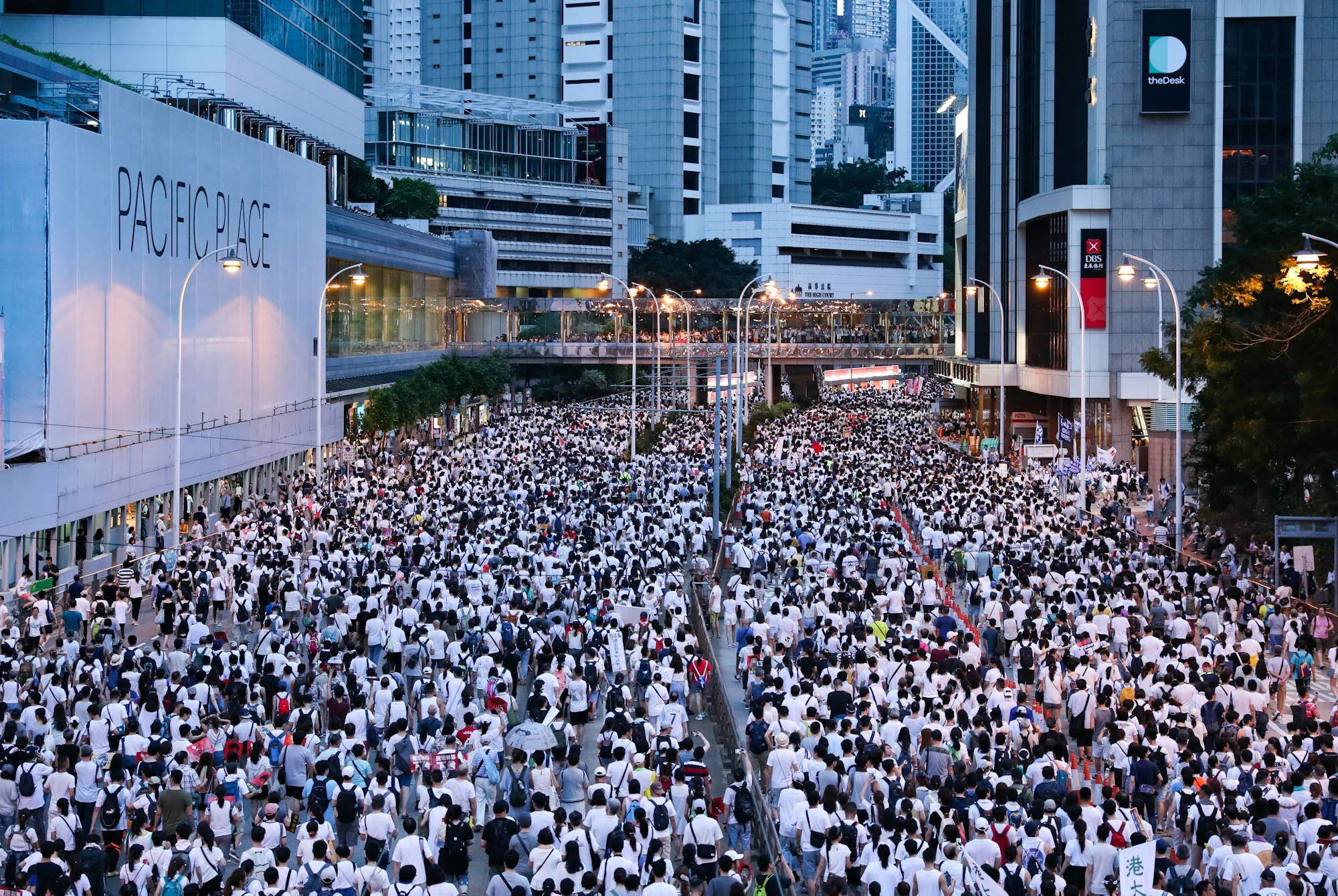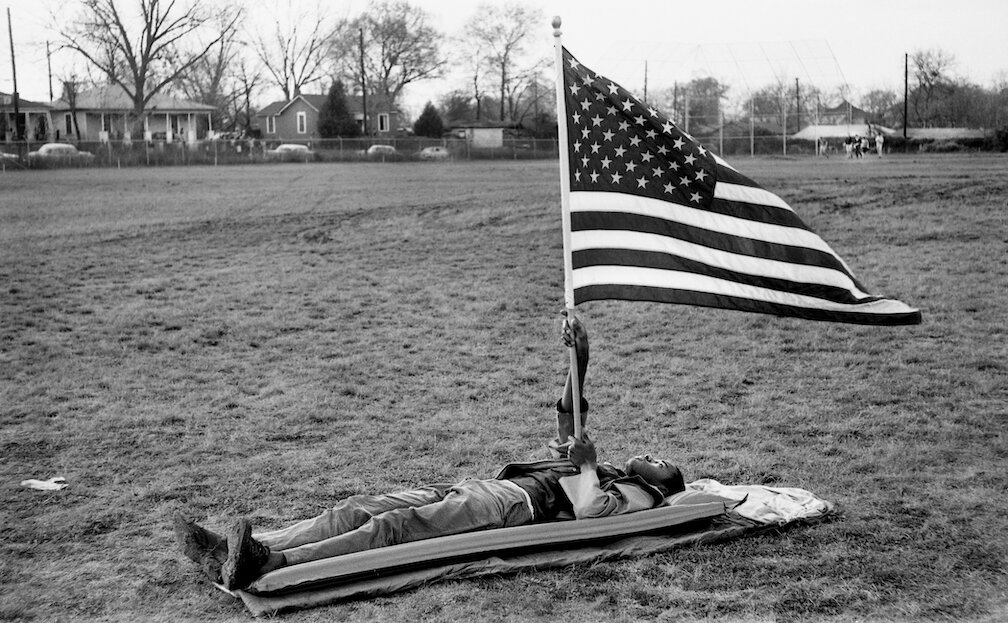Documenting Gentrification
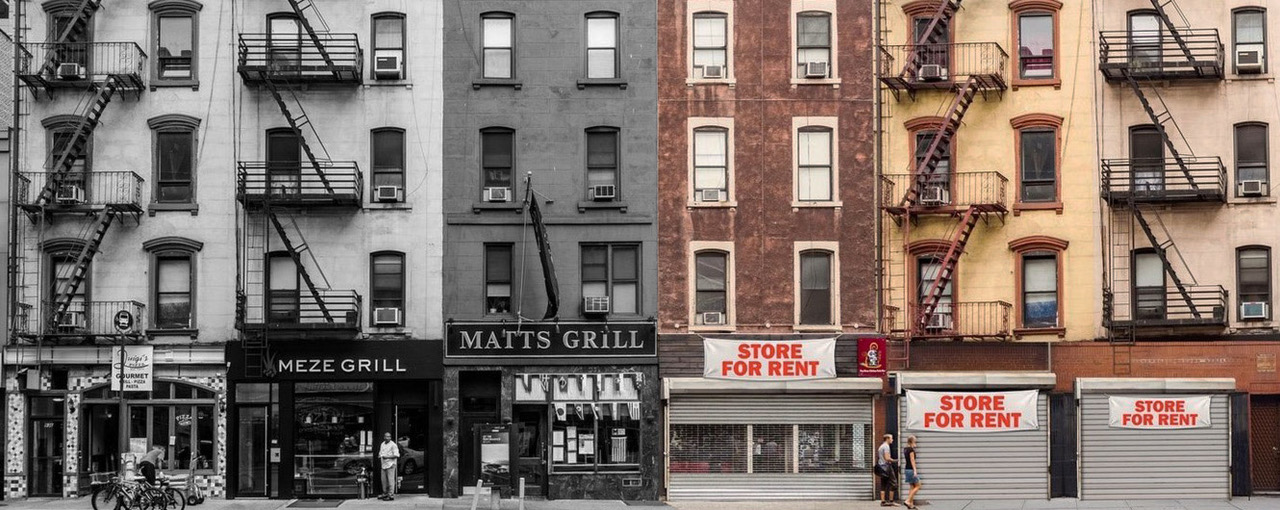
In books, blogs and on social media, proud city-dwellers are archiving the demise of their beloved neighbourhoods – hoping to preserve the legacy of community spaces at risk from gentrification
Urban communities across the United States are feeling the pressures of gentrification. In response, there is a common desire to document the changes. The pressures are not new – the effort to preserve affordable housing and community space was outlined in Jane Jacobs’ seminal book, The Death and Life of Great American Cities (1961). However, while Jane was fighting against the government, her successors notice a confluence of government and private interest that changes not only how cities are transformed but also for whom.
Brothers’ Vanishing Seattle Instagram
Cynthia Brothers, a native resident of Seattle, Washington—a city that has undergone one of the most drastic gentrifications since Amazon made the city their global headquarters—documents the changes on Instagram. “‘[Vanishing Seattle] was a documentation,’ Brothers said in an interview in The Seattle Times, ‘but also a protest.’”
She was disturbed by the experience of feeling lost in neighborhoods she grew up in: “‘I’ll be driving around Queen Anne, South Lake Union and I don’t even know where I am,’ Brothers said. ‘I lose my bearings, like I’m driving through a tunnel, looking for a business or a store that’s gone.” Every time she sees a building set to be demolished, she wonders:
“Was it livable? Affordable? Were the people kicked out? What’s going to be replacing it? A house that’s three-quarters of a million dollars that no one can afford? With each business, a community of people are connected to it. So in the long term, we lose our culture and identity. Seattle becomes a more homogenized, less equitable, less accessible place.”
Brothers’ project resonates with her community. She receives reports of new changes in the city from her 20,000 followers and is working to concretely mobilize her online community.
“The more one researches work that documents the transformation of gentrifying cities—both amateur and professional—the more projects appear”
The urge to catalogue disappearing landscapes, especially ones associated with childhood, is echoed by numerous photographers, journalists, and researchers in gentrifying cities across the country. Aidan Elias documents the transformation of his childhood New York City neighborhood in a blog, “Hidden Lower East Side”.
Aidan’s family was evicted after three generations of residing in the L.E.S, because their apartment building was condemned and transformed into luxury apartments. Aidan photographs buildings set to be demolished and beloved business with “for rent” signs. For him, this project began as “a process of going back and seeing what was going on what was happening and to kind of keep track of a lot of the big developments…[He does] not want to simply provide a nostalgia trip for the L.E.S. of our childhoods, but a way to identify or situate these issues as ongoing.”
Photography by Adam Elias
Aidan’s work is related to the work of Jeremiah Moss, author of a blog and book both titled: Vanishing New York: How a Great City Lost Its Soul. The blog serves as a memorial to the spaces that have closed, but the book outlines why it happened: “hyper-gentrification, ... the complicity between municipal government and big private money to reconfigure whole sections of a city, with dubious consequences, chief among them the ceding of space, goods and social currency from the ordinary classes to the ruling order.” Jeremiah claims that New York is “no longer a city for people to live in but a city for people to consume.” He points to the ‘disneyfication’ of Times Square and claims that the city has “gone out of balance.”
From Jeremiah’s Vanishing New York; 2nd Avenue Deli replaced by a Chase Bank.
Although the motives, theory, and execution vary, these are not isolated projects. The more one researches work that documents the transformation of gentrifying cities–both amateur and professional–the more projects appear. What do these projects have in common and what does it signify about the transformation of the American city?
Unlike opponents of gentrification in the 1950s, community members are fighting against real estate companies and corporations. The modern symbol of urbanization has shifted from a highway overpass to high-rise luxury condos, stores, and offices.
One of the most cited offenses of these private interests is the egregious replacement of community centers by private spaces designed exclusively for the rich. Aidan cites the bathhouses and historic Jewish theatres in New York, and Brothers the bars and restaurants that served as community centers and safe spaces for marginalized people in Seattle.
Courtesy of James and Karla Murray authors/photographers of “Store Front: The Disappearing Face of New York“
The perseverance of self-sustaining community centers, as well as the outrage against their disappearance, aligns with one of Jacobs’ original arguments in The Death and Life of Great American Cities: that the worst offense against urban communities is “suppressing the real order that is struggling to exist and to be served.”
“Price tags are fastened on the population, and each sorted-out chunk of price-tagged populace lives in growing suspicion and tension against the surrounding city”
When the communities that constitute the physical and social landscape of a city are overlooked in decisions regarding the city’s development, “price tags are fastened on the population, and each sorted-out chunk of price-tagged populace lives in growing suspicion and tension against the surrounding city.”
Jeremiah Moss reflects on the issue in his detailed account of the construction of the Highline and the transformation of Chelsea that led way for the biggest modern development project in the world, the Hudson Yards. The people who lived in what had become the only affordable housing in Chelsea lost access to the institutions on which their communities had been built, and suffered from the change.
Despite the complex and multi-faceted attack on the local communities of major American cities, it is by no means a lost cause. This past February, residents, workers, union leaders, and political representatives of Queens—armed with evidence of the damage from gentrification of Seattle, as well as the deplorable treatment of Amazon factory employees—successfully deterred Amazon from constructing a headquarters in Long Island City. This story is a contemporary reminder of the power of local advocacy to halt projects if the quality of life for existing communities is not made a priority.
Words by Esther Hershkovits
Author account for the Good Trouble hive-mind.





